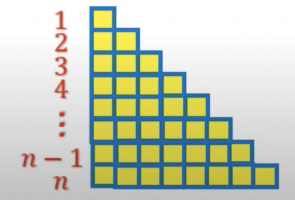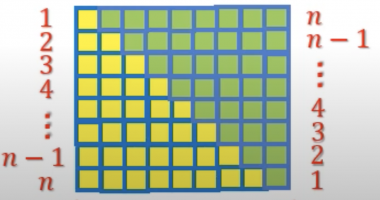Polonium 84
New member
- Joined
- Aug 16, 2021
- Messages
- 14
Okay so I saw this [math]\ \sum_{n=1}^{100}[/math] and it was worked out like this:
[math]S= 1+2+3...\\ \underline{S=100+99+98...}\\ S=101+101+101\\ 2S=101(100)\\ S=5050[/math]however it only worked for for 100 my question is how do you work out the sum off all numbers for different limits e.g the sum of all numbers to 49.
P.S I did not know what was the most appropriate to post this .
nvm worked it out
[math]S= 1+2+3...\\ \underline{S=100+99+98...}\\ S=101+101+101\\ 2S=101(100)\\ S=5050[/math]however it only worked for for 100 my question is how do you work out the sum off all numbers for different limits e.g the sum of all numbers to 49.
P.S I did not know what was the most appropriate to post this .
nvm worked it out




